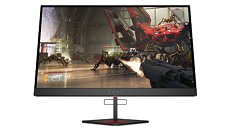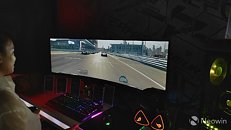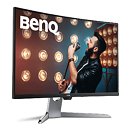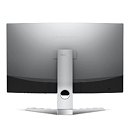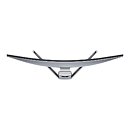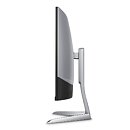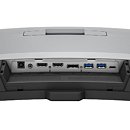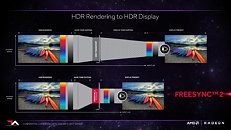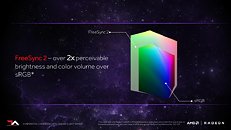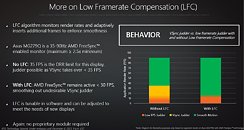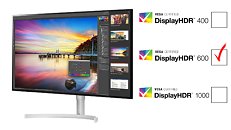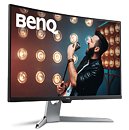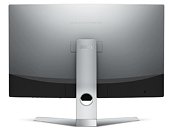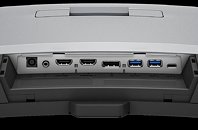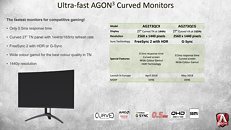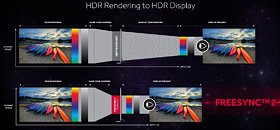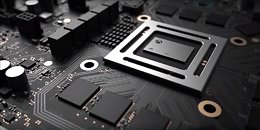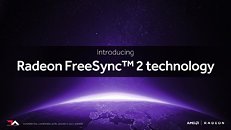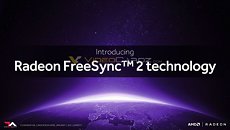
HP Announces the Omen X 27 Gaming Monitor: 27" TN, 2560 x 1440, 240 Hz, FreeSync 2, HDR
HP announces their newest addition to their Omen lineup of specialized gaming monitors. The Omen X 27 (you have to love the simplicity) is a 27" monitor featuring a TN panel - the compromise needed for achieving the ultra-fast 240 Hz refresh rates on offer. The 1 ms response time ensures fast, responsive pixels, while FreeSync 2 is a must for refresh rates such as these - either your graphics card or CPU will introduce some framerate dips, you can almost be sure of that. There's HDR support at the lowest FreeSync 2-supported level - 400 nits. HP say this TN panel can render 90% of the DCI-P3 color space - which sets it apart from most other TN panels and even some IPS solutions.
The Omen X 27 joins HP's growing cadre of Omen monitors this September, joining the Omen X 25 - which has already made its debut for 630€ or $550. Connectivity includes 1x DisplayPort, 1x HDMI, and 2x USB 3.0 slots. Pricing is set at $649.99.
The Omen X 27 joins HP's growing cadre of Omen monitors this September, joining the Omen X 25 - which has already made its debut for 630€ or $550. Connectivity includes 1x DisplayPort, 1x HDMI, and 2x USB 3.0 slots. Pricing is set at $649.99.
